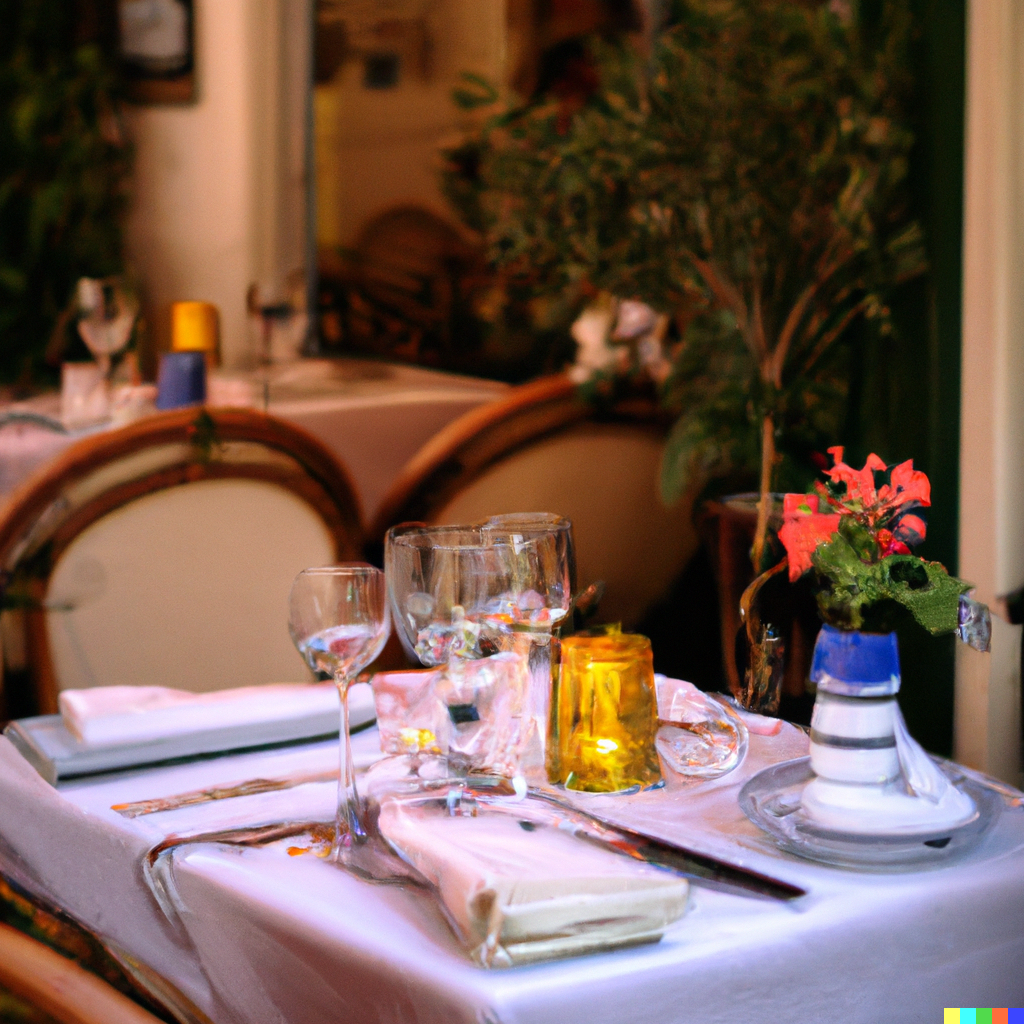The Béarnaise sauce, a beloved French classic, has a rich history steeped in tradition and culture. It is said that the sauce was first created in the late 18th century by a chef named Jules Gouffé, who was working at the prestigious Le Pavillon Henri IV in the town of Saint-Germain-en-Laye, just outside of Paris. According to legend, Gouffé was tasked with creating a new sauce to serve with grilled steak, and after much experimentation, he hit upon the perfect combination of flavors: a rich, buttery sauce infused with the bright, tangy notes of tarragon, shallots, and white wine.
The sauce quickly became a favorite among the elite of French society, who flocked to Le Pavillon Henri IV to sample Gouffé’s culinary creations. The sauce was so popular, in fact, that it was soon being served at some of the most fashionable restaurants and cafes in Paris, cementing its place in French culinary history.
But the story of Béarnaise sauce doesn’t end there. As it gained in popularity, it was also adopted by French immigrants who brought it to America, where it become a staple in many fine dining restaurants.
Today, Béarnaise sauce is considered one of the “mother sauces” of French cuisine and continues to be a staple on menus around the world. It is often served with steak but also with other meats and fish, and is a popular ingredient in many French dishes.
The recipe for Béarnaise sauce is quite simple, yet it takes a skilled hand to create the perfect balance of flavors. The traditional recipe calls for butter, shallots, tarragon, white wine, and a touch of lemon juice to be emulsified together, creating a thick and rich sauce that is both buttery and tangy.

A simple yet elegant flavor.
While the history of Béarnaise sauce may not be as dramatic as some, it is a testament to the enduring appeal of good food, and the way in which a simple recipe can become a beloved staple of a nation’s cuisine. And for that reason, it will remain a classic sauce of French cuisine for many years to come.
